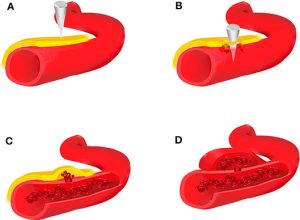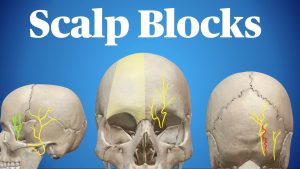In a single-patient case report Fuentes et al. from The Medical City, Pasig City published in Cureus to report a rare case of subarachnoid hemorrhage (SAH) from a ruptured pseudoaneurysm secondary to anterior cerebral artery (ACA-A1 segment) dissection, and its successful treatment with stent-assisted coiling. The authors document a favorable outcome following endovascular treatment of a rare ACA-A1 dissection-induced pseudoaneurysm, arguing for its consideration in similar cases despite the absence of clear guidelines 1)
Critical Review
This case report contributes to the sparse literature on anterior cerebral artery dissections—particularly in the A1 segment—and their endovascular management. However, while the case is clinically relevant, the article offers limited scientific depth.

